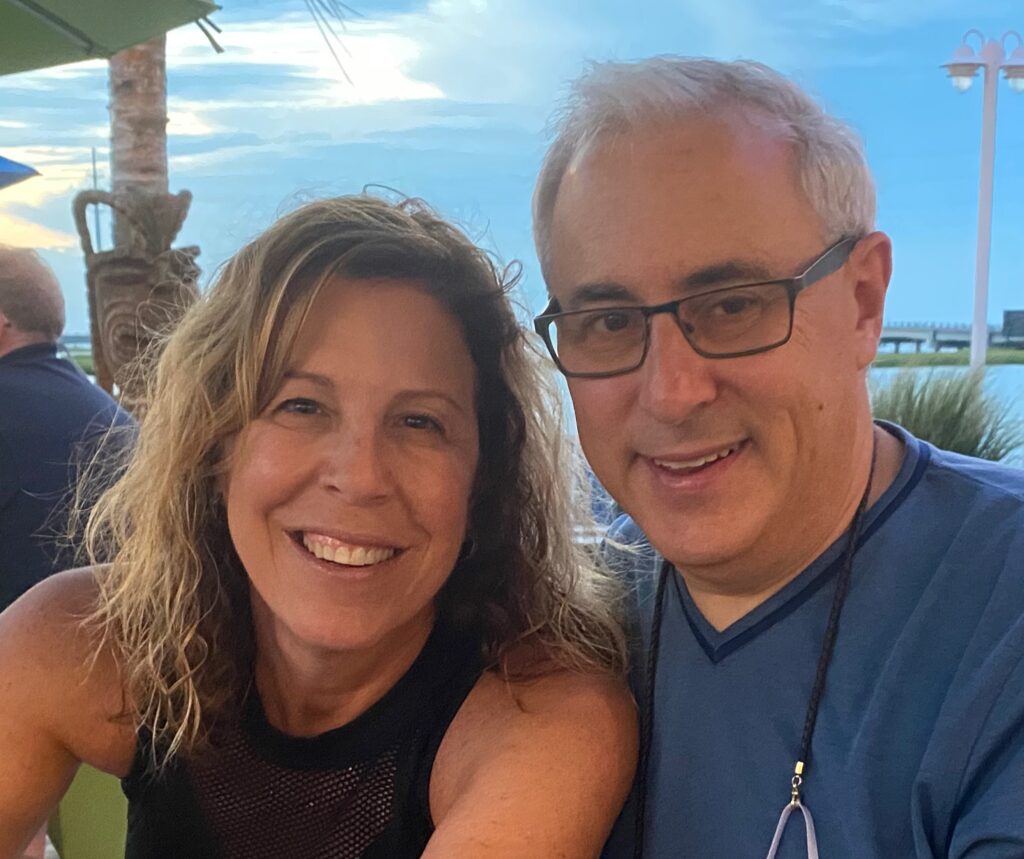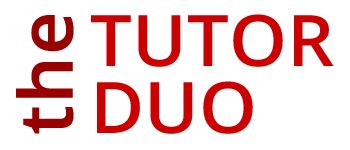Homeschooling your teen comes with its own set of challenges, especially when it comes to understanding and supporting their unique learning style. Trying to teach them without recognizing how they learn best can lead to frustration for you and your teen. But when you align your teaching with their strengths? The transformation can be remarkable.
In this post, I’ll show you how identifying and adapting to your teen’s learning style can completely transform their homeschooling experience—from struggling with subjects like Algebra and English to thriving in ways you never imagined.
Understanding Your Teen’s Learning Style
Every teen learns differently, and these preferences often become more apparent by the time they reach high school. You might notice that your teen remembers lessons better when they see the information visually, or perhaps they grasp concepts more quickly when they hear them explained.
These are more than just habits—they’re crucial insights into how your teen learns most effectively. Educators categorize learning styles into four main groups: Visual, Auditory, Reading/Writing, and Kinesthetic. Some students strongly favor one style, while others thrive with a blend of two or more. The key to effective homeschooling is recognizing these styles and tailoring your teaching methods accordingly.
A Success Story: Homeschooling Turned Around
Let me share a story about a homeschooled teen I worked with—let’s call him Jamal. In the 10th grade, Jamal struggled with Algebra. Despite his efforts, he wasn’t progressing, and his confidence plummeted. His parents knew he was capable but were frustrated by his lack of improvement. When I started tutoring Jamal, it became apparent that traditional methods weren’t working for him. His lessons relied heavily on written notes and problem-solving exercises, but Jamal didn’t respond well to them.
During our sessions, I noticed Jamal was much more engaged when discussing problems aloud. He followed along and understood the concepts when they were explained verbally, even though he struggled with written exercises independently. That’s when I realized Jamal was an auditory learner. I adjusted our sessions to focus more on discussions and verbal explanations. Instead of relying on written exercises, I used storytelling techniques and verbal problem-solving to reinforce the material. I even recorded our sessions so Jamal could listen to them later.
The results were remarkable. Within weeks, Jamal’s understanding improved, and his confidence grew. He started participating more in group activities with other homehooled peers and even began helping friends with their studies. Jamal wasn’t struggling anymore—he just needed to learn in a way that suited him.
Visual Learners: Seeing is Believing
If your teen is a visual learner, they’ll thrive when information is presented through images, charts, or diagrams. Visual learners absorb information best when they can see what they’re learning. In session with visual learners, I use charts, graphs, and other visual aids to help these students grasp concepts. I also encourage them to create these visual tools themselves. For example, if we’re studying biology, I might have them draw diagrams of cell structures. This hands-on approach deepens their connection to the material.
Online resources like Khan Academy and Coursera offer excellent visual learning opportunities. Videos, infographics, and educational documentaries on platforms like YouTube can also be incredibly effective for visual learners.
Auditory Learners: The Power of Sound
If your teen responds well to lectures, discussions, or listening to explanations, they might be an auditory learner. These students benefit most from hearing information. With these students, I incorporate plenty of verbal explanations and discussions. I also provide audio clips from various sources to offer different perspectives. Sometimes, I record our sessions so your teen can revisit the material, reinforcing their learning.
Podcasts and audiobooks are fantastic resources for auditory learners. Whether it’s a history podcast or an audiobook on physics, these tools can significantly enhance their understanding and retention.
Read/Write Learners: The Traditionalists
Read/Write learners excel when they can engage with written materials. If this sounds like your teen, they likely do well with textbooks, note-taking, and written exercises. I provide these students with ample written resources and encourage them to rewrite information in their own words. This technique helps solidify their understanding. Traditional learning tools like flashcards, study guides, and written assignments are their go-to methods.
Kinesthetic Learners: Hands-On and On the Move
Some teens learn best by doing—they need to move, build, and physically engage with the material. This is neither a plus nor a minus; it’s just how they connect with the world. For kinesthetic learners, I incorporate as much physical interaction as possible. This could involve hands-on science experiments, interactive math problems, or creative projects that require building or creating. One of my favorite strategies is to have them create videos or presentations that engage them in research, writing, and editing—a perfect match for their active learning style.
How I Determine Your Teen’s Learning Style
When your teen begins tutoring with me, I take the time to understand their learning style. Parents often have valuable insights, but I also observe how your teen interacts with different materials and tasks. This allows me to customize my approach to meet their specific needs. While formal assessments like the VARK questionnaire can offer helpful insights, ongoing observation, and adaptation are essential. By continuously fine-tuning our sessions, I can ensure that your teen is learning in the most effective way possible.
Final Thoughts
Customizing your homeschool teaching to your teen’s learning style isn’t just an excellent idea—it’s a game-changer. By teaching them in a way that resonates, you can help them achieve their full potential. Whether they’re visual, auditory, read/write, or kinesthetic learners, there’s a method that will make learning more effective and enjoyable.
Are you ready to see your teen thrive in your homeschool environment? Let’s explore their learning style and turn challenges into successes.
Contact Us for a Free Consultation
Want to enhance your teen’s homeschooling experience and help them get the most out of their education? Reach out today for a free consultation! We’ll discuss your teen’s unique needs, explore tailored strategies, and create a plan to make their educational journey successful. We’re Dana and Nathan Hurwitz, The Tutor Duo. Visit us at www.thetutorduo.com/contact/, and let’s start making your teen’s education a success!

